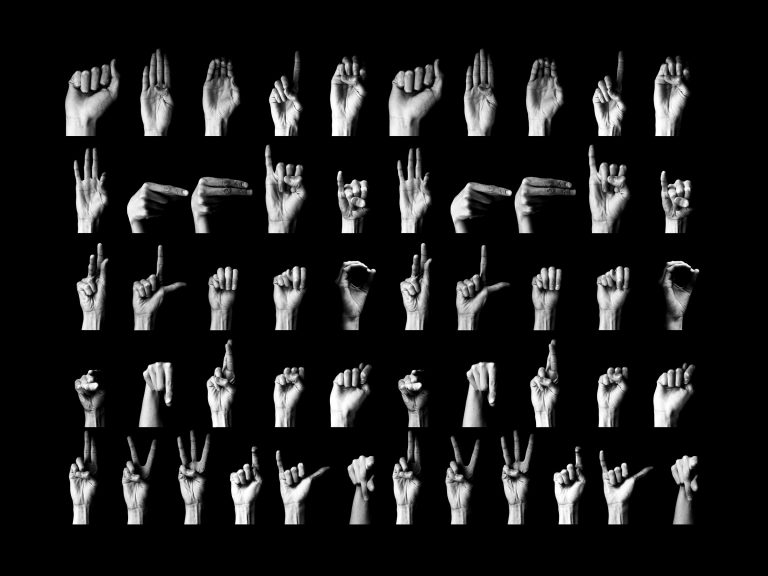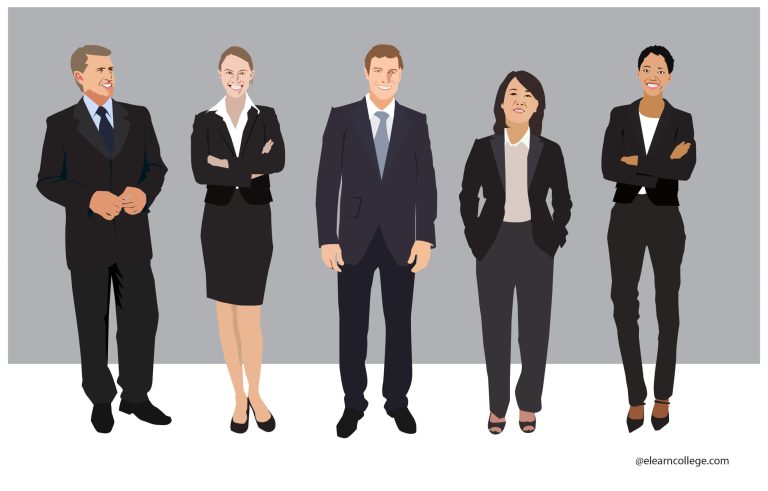Frustrated Body Language
Welcome to the world of frustrated body language! We’ve all experienced moments when we feel overwhelmed, annoyed, or downright exasperated. And guess what? Our bodies often give away our true feelings, whether we realize it or not. In this article, we’re going to explore the fascinating ways our bodies express frustration and how we can better understand this universal language.
Have you ever clenched your fists in anger, furrowed your brows in annoyance, or let out a sigh of exasperation? These are just a few examples of frustrated body language. Our bodies have a way of reacting instinctively to feelings of frustration, and these nonverbal cues can speak volumes. Understanding these cues can help improve our communication skills, enhance our relationships, and even manage our own emotions more effectively.
So, if you’re curious to dive into the world of frustrated body language and discover the secrets behind those familiar gestures and expressions, you’ve come to the right place. In the following paragraphs, we’ll explore the common signs of frustration, why our bodies react the way they do, and how we can use this knowledge to navigate our interactions with others more successfully. Let’s get started!
Want to know how to decipher frustrated body language? Read on to discover the subtle cues that indicate frustration:
- Increased facial tension, such as furrowed brows
- Aggressive gestures like clenched fists
- Restlessness, like pacing or fidgeting
- Exaggerated sighs or heavy breathing
- Avoiding eye contact or crossing arms
By recognizing these signs, you can better understand someone’s frustration and respond appropriately.

Exploring Frustrated Body Language: Unveiling the Secrets Behind Nonverbal Cues
Have you ever found yourself feeling frustrated, but unable to effectively communicate your emotions? You may be surprised to learn that your body language can speak volumes, even when your words fall short. In this article, we will delve into the intricacies of frustrated body language, deciphering the hidden meaning behind nonverbal cues. Whether you are curious about understanding others or gaining insight into your own body language, join us as we unlock the secrets that lie within the realm of frustrated expressions.
The Role of Facial Expressions: The Eyes That Mirror Frustration
They say the eyes are the window to the soul, and indeed, they can reveal a great deal about our inner emotions, including frustration. When someone is frustrated, their eyes may narrow, their eyebrows may furrow, and their gaze may become intense. These subtle yet powerful nonverbal cues can signal their discontent, making it essential to pay attention to the eyes when decoding frustrated body language.
The mouth also plays a significant role in expressing frustration. A clenched jaw, tightly pressed lips, or a frown can indicate irritation or annoyance. In some cases, you may even witness a forced smile, which can serve as a mask to conceal pent-up frustration. By observing these facial expressions, you can gain valuable insights into someone’s emotional state and adjust your communication accordingly.
Furthermore, the position of the head can offer additional clues. A tilted head accompanied by a raised eyebrow can indicate confusion or disbelief, while a lowered head may suggest resignation or defeat. Comprehending the intricate combination of facial expressions can help you navigate conversations and resolve conflicts with greater empathy and understanding.
1) Body Language of Restlessness: The Agitated Movements
When frustration takes hold, it often manifests in restless body movements. You may notice a person shifting their weight from side to side, tapping their fingers or feet, or fidgeting with their hands. These actions reflect pent-up energy and a desire for resolution. The restlessness indicates a longing for change or progress, making it crucial to address the underlying issues causing the frustration.
In addition to restlessness, crossed arms can be a telltale sign of frustration. This defensive posture serves as a protective barrier to shield oneself from further disappointment or conflict. If you find yourself in a conversation with someone displaying crossed arms, it is essential to approach them with understanding and empathy, encouraging open dialogue to uncover the root cause of their frustrations.
Furthermore, clenched fists or tightly gripped objects can signify unresolved anger or tension. This body language suggests a need for release and should be approached with caution. Encouraging relaxation techniques or providing a safe space for emotional expression can assist in diffusing frustration and fostering better communication.
2) Vocal Cues: The Tones That Reveal Inner Discontent
While body language plays a significant role in conveying frustration, vocal cues also provide valuable insights into a person’s emotional state. Raised voices, sharp tones, or an increase in speech speed and volume can all indicate anger or irritation. On the other hand, a decrease in vocal volume or deliberate silence can signify passive-aggressiveness.
Furthermore, the choice of words itself can reveal a person’s frustration. Sarcasm, repetitive phrases, or an excessive use of “but” and “if” statements may indicate dissatisfaction or a desire for change. By paying attention to these vocal cues, you can gain a deeper understanding of the emotions behind the words, fostering a more empathetic and effective form of communication.
It’s also worth noting that vocal cues can vary across cultures and individuals. Therefore, it’s essential to consider context and establish open lines of communication to ensure accurate interpretation of frustrated body language.
3) The Power of Posture: An Insight into Frustrated Body Language
Posture plays a crucial role in expressing emotions and can provide valuable insight into a person’s level of frustration. Slumped shoulders, a hunched back, or an overall tense body posture can indicate feelings of defeat or powerlessness. On the contrary, an upright and open posture can indicate confidence or an assertive stance.
Interestingly, the way individuals position themselves in relation to others can also reveal their level of frustration. Someone who is frustrated may distance themselves physically, creating a psychological barrier that reflects their emotional state. Recognizing and respecting personal space boundaries is essential when engaging with individuals displaying such posture.
Additionally, mirroring body language can be a powerful way to establish rapport and diffuse frustration. By subtly aligning our posture with the person we are communicating with, we can create a more relaxed and empathetic environment, fostering open dialogue and conflict resolution.
4) Gestures that Echo Frustration: The Unspoken Language
Gestures are an integral part of nonverbal communication and can carry significant weight when it comes to expressing frustration. For example, hand movements that involve clenched fists, waving fingers in an aggressive manner, or even pointing can reveal irritation or a desire to assert dominance.
On the other hand, gestures such as rubbing one’s temples, massaging the neck, or pacing back and forth can reflect the internal struggle one experiences when frustrated. These actions convey an inner tension or the need for a mental break.
Paying attention to these gestures can help us better understand others and adapt our own communication style when dealing with frustrated individuals. By acknowledging and responding to these nonverbal cues, we can create a more harmonious and effective means of resolving conflict and promoting understanding.
Key Takeaways: Frustrated Body Language
- Frowning or furrowing your eyebrows can show frustration.
- Slumped shoulders and crossed arms indicate frustration.
- Excessive hand gestures or pointing can signal frustration.
- Aggressive body movements like pacing or clenched fists suggest frustration.
- Avoiding eye contact and distancing oneself from others may show frustration.
Frequently Asked Questions
Welcome to our Frequently Asked Questions section on frustrated body language. Here, we’ll provide answers to your most pressing questions about understanding and interpreting frustrated body language. Read on to learn more!
1. How can I recognize frustrated body language in someone?
Frustration can manifest in various physical cues, such as clenched fists, furrowed eyebrows, tense posture, or aggressive gestures. Additionally, an individual displaying frustrated body language may exhibit signs of restlessness, like pacing, sighing, or even raised voices. It’s important to consider these non-verbal cues along with the person’s verbal expressions to accurately interpret frustration.
Keep in mind that everyone exhibits frustration differently, so it’s essential to pay attention to clusters of body language cues rather than relying on one single gesture or facial expression. By studying the person’s body language as a whole, you’ll have a better understanding of their frustration levels.
2. How can I respond to someone showing frustrated body language?
Empathy is crucial when responding to someone who displays frustrated body language. Start by acknowledging their feelings, such as saying, “I can see that you’re feeling frustrated.” This shows that you respect their emotions and are willing to listen.
Next, it’s important to provide them with space to express themselves. Allow them to explain their frustrations without interrupting or immediately offering solutions. By actively listening and giving them the opportunity to vent, you demonstrate that you care and are there to support them.
3. How can I manage my own frustrated body language?
When you find yourself frustrated, it’s vital to be aware of your own body language to prevent miscommunication. Take a moment to pause and breathe, allowing yourself to regain composure. Relax your muscles and avoid aggressive movements or facial expressions that may escalate the situation.
If possible, find a private space to express your frustration or seek a trusted friend or family member to vent to. Utilizing active listening skills can also help you address the underlying issues causing your frustration in a positive and constructive manner. By managing your own body language, you’ll communicate your frustrations more effectively and maintain healthier relationships.
4. Can frustrated body language vary across cultures?
Indeed, frustrated body language can be influenced by cultural norms and practices. Different cultures may have varying ways of expressing frustration non-verbally. For instance, some cultures may encourage more direct and outward displays of frustration, while others may emphasize controlling emotions and maintaining composure in public.
It’s crucial to be mindful of cultural differences when interpreting frustrated body language. Familiarize yourself with the cultural context to avoid potential misunderstandings or misinterpretations. When in doubt, seeking guidance or advice from individuals within the specific culture can provide valuable insights.
5. How can I improve my understanding of frustrated body language?
One of the best ways to improve your understanding of frustrated body language is through observation and practice. Pay attention to people’s body language in various situations, both in person and through videos or films. Look for patterns and common cues associated with frustration.
Additionally, reading books, articles, or attending workshops on body language can offer valuable information and insights. Take the opportunity to observe and interact with different people to gain a wider perspective on non-verbal communication. Over time, with practice and awareness, your ability to understand and interpret frustrated body language will significantly improve.
Examples of Aggressive Body Language
Summary
When it comes to frustrated body language, our bodies can speak louder than words.
Crossed arms, frowns, and tapping feet are signs of annoyance or anger.
It’s important to pay attention to these signals and consider the person’s emotions.
By being aware of body language, we can better understand and respond to frustration.
Open postures, relaxed faces, and calm actions can help diffuse tense situations.
Remember, body language is a powerful tool in communication, so let’s use it wisely.
In conclusion, frustrated body language can tell us a lot about how someone is feeling.
It’s important to be aware of these nonverbal cues and respond with understanding and empathy.
By paying attention to body language, we can create more positive and harmonious interactions with others.


